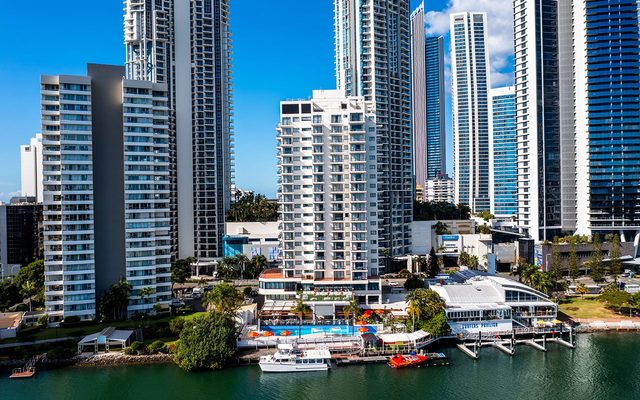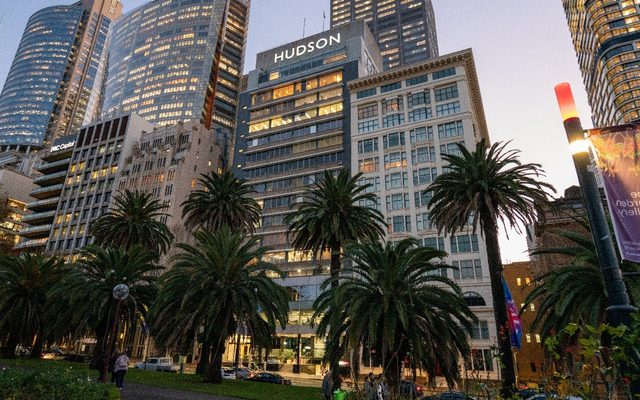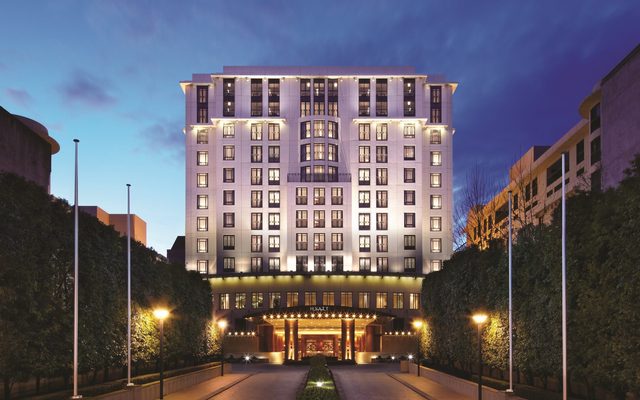This article is from the Australian Property Journal archive
SYDNEY and Melbourne house prices growth will slow from 2015/16 onwards and decline in 2016/17, according to QBE's annual report.
QBE’s 2014-17 Australian Housing Outlook report, by BIS Shrapnel, forecasts strong price growth for 2014, led by Melbourne with 19.6% to $658,000, followed by Sydney with 17% to 811,800, and Brisbane with 5.6% to $470,000, due to stock deficiency.
However, QBE said a combination of further price growth, an easing of the dwelling deficiency and a forecast tightening in interest rate policy beyond the next 12 months, is expected to eventually weigh on the residential market and cause price growth to slow across most cities from 2015/16.
QBE LMI CEO Jenny Boddington said the 2014-2017 Housing Outlook report suggests, while the market is seeing new dwelling commencements currently exceeding average underlying demand in most states, new supply will take some time to address tight vacancy rates and change the pattern of price rises.
“Most interestingly this year is that the report has forecast a dampening of growth before prices begin to stagnate as early as next year,” Boddington said.
Median house price growth over the next three years is forecast to be strongest in Brisbane (+17%), with further growth also expected in Sydney (+9%), Melbourne (+5%), Adelaide (+6%) and Hobart (+5%). However these markets are forecast to experience either a decline in their dwelling deficiency or a rising oversupply through to 2016/17. The weakest price performance is forecast for Perth (–2%), Canberra (+1%) and Darwin (+2%).
Affordability deteriorated markedly over 2013/14 in Sydney and Melbourne but the result was more benign across the other capitals, with affordability remaining mainly steady or even improving slightly. It is projected affordability at current interest rates can accommodate further price growth.
From 2015, Brisbane will take the lead with 7.4% growth to $505,000 and Sydney will begin to slow to 7.2% to $870,000. Over the same period, Melbourne will experience a modest growth of 3.3% to $680,000.
The report predicts Brisbane and Sydney house prices grow by a further 7.5% and 5.2% in 2016 to $915,000 and $543,000 respectively. Melbourne will increase by 2.2% to $695,000.
In 2017, Sydney will experience a 3.3% fall to $885,000 and Melbourne a marginal decline of 0.7% to $690,000.
Over the three-year period between 2014 and 2017, Perth is also forecast to decrease by 1.9% to $525,000.
According to the Housing Outlook, increasing market activity is most visible among non-first homebuyers and in residential investment, with first homebuyer demand affected by available state incentives.
Investor demand has continued to increase over the last 12 months and has been showing consistent year-on-year growth since the start of 2012. While the rise in investor demand has generally been broad based, there are still noticeable differences in the strength of investor demand across the states.
An underlying demand for new dwellings is being primarily driven by population growth. After a recovery in 2012/13, mainly fuelled by a rise in subclass 457 visa entrants, net overseas migration flows weakened to 235,800 in the year to December 2013 and this trend is forecast to accelerate over the next three years due to a lack of opportunities for temporary migrants to extend their stay.
As a result, the report forecasts net overseas migration will ease to 150,000 persons nationally by 2016/17, with the greatest declines to be felt in the resource sector states (WA, the NT and, to a lesser extent, Queensland).
Australian Property Journal



